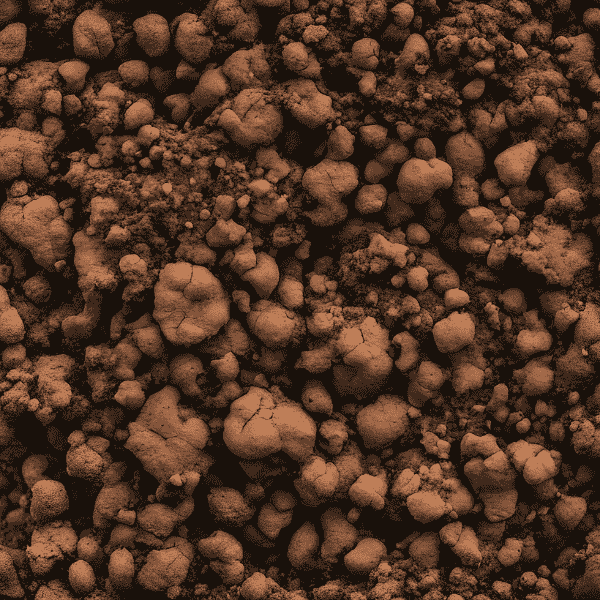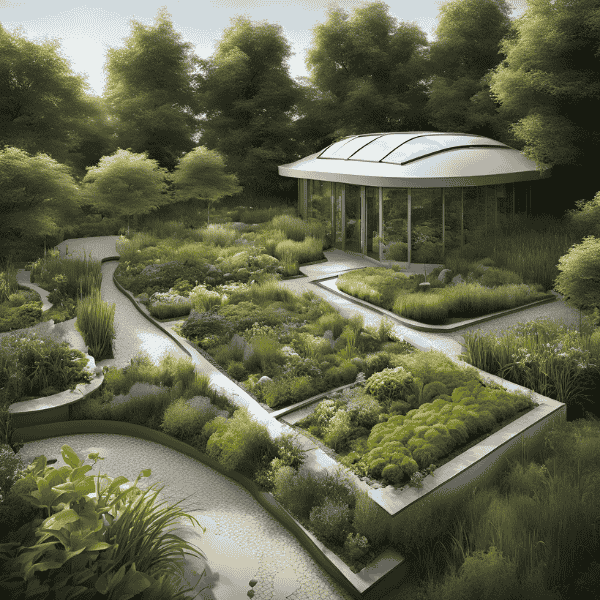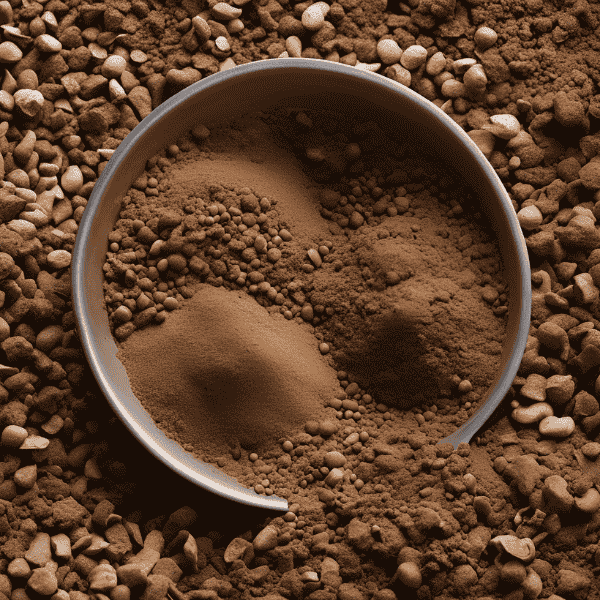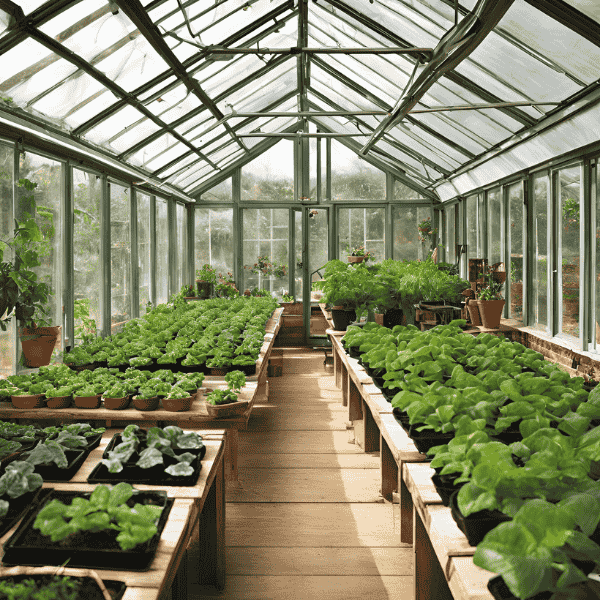Fixing Poor Soil Quality: A Gardener's Guide to Healthier, Happier Plants

Signs of Poor Soil Quality
First things first: how do you know if your soil is the culprit behind your gardening woes? Here are some common signs that your soil might need some TLC:
1. Compacted Soil
If your soil is compacted, it means the particles are pressed tightly together, limiting the movement of air, water, and nutrients. You’ll notice that water tends to pool on the surface rather than soaking in, and plant roots may struggle to grow deep into the soil. This is especially common in clay-heavy soils, or areas with heavy foot traffic.
2. Sandy Soil
Sandy soil can be tricky because while it drains well, it often lacks the nutrients that plants need to thrive. If your soil feels gritty and doesn’t hold moisture for long, it’s likely on the sandy side. Plants in sandy soil often struggle because the nutrients wash away too quickly.
3. Acidic or Alkaline Soil
Every plant has a preference for soil pH. If the pH is too low (acidic) or too high (alkaline), plants won’t be able to take up the nutrients they need, even if they’re present. Acidic soil (with a pH below 6) can lead to nutrient deficiencies, while alkaline soil (with a pH above 7) can cause other nutrient imbalances. You’ll often notice plants with discolored leaves or poor growth in soil that’s too far out of balance.
4. Poor Drainage
If your soil remains soggy for days after it rains or after watering, it might not be draining properly. Poor drainage is often a sign of compacted soil or high clay content, both of which can suffocate plant roots and cause them to rot.
How to Improve Soil Health and Fertility
Now that you’ve identified the signs of poor soil, it’s time to roll up your sleeves and make things better. Here are some tried-and-true techniques to improve your soil health and fertility:
1. Add Organic Matter
One of the best ways to improve soil quality is by adding organic matter, like compost, well-rotted manure, or leaf mold. Organic matter helps improve soil structure, increase water retention in sandy soils, and improve drainage in clay-heavy soils. Plus, it enriches the soil with vital nutrients that plants need to grow strong and healthy.
If you’re new to composting, don’t worry! It’s easier than you think. You can start a compost pile in your backyard with kitchen scraps like vegetable peels, coffee grounds, and eggshells. You can also mix in grass clippings, leaves, or straw. Just remember to turn the compost regularly to keep it aerated.
2. Aerate the Soil
Compacted soil can be a major roadblock to healthy plant growth. To fix this, you’ll need to aerate the soil. Aerating involves breaking up the compacted layers to allow air, water, and nutrients to reach plant roots more easily. You can aerate your soil using a garden fork or a specialized aerator tool.
For larger areas, a core aerator is a great option. It removes small plugs of soil, which allows the soil to breathe and improves overall soil structure. Aerating is especially important in high-traffic areas or places where the soil gets compacted from walking or machinery.
3. Amend the Soil with the Right Additives
Depending on the specific needs of your soil, you may need to amend it with different materials. For example, if you have clay soil, adding sand or gypsum can help break it up and improve drainage. If you’re working with sandy soil, adding organic matter (like compost or peat moss) will help it retain moisture and nutrients.
If your soil is too acidic, you can add lime to raise the pH and make it more neutral. On the flip side, if your soil is too alkaline, adding sulfur can help lower the pH.
4. Use Mulch
Mulch is another fantastic tool for improving soil quality. Not only does it help retain moisture, but it also slowly breaks down over time, adding organic matter to your soil. Mulching can also help suppress weeds, keeping your garden looking neat and tidy.
Organic mulches like wood chips, bark, or straw are great choices. Just be sure to avoid piling mulch too high around the base of plants, as this can cause rotting.
5. Practice Crop Rotation and Cover Cropping
If you’re growing the same plants in the same spots year after year, your soil can become depleted of specific nutrients. Crop rotation is a technique where you move plants around each season to avoid depleting the soil. For example, legumes like beans and peas can help replenish nitrogen, while leafy greens may benefit from different nutrients in the soil.
Cover cropping is another great method to improve soil. Planting cover crops like clover, rye, or vetch during the off-season helps protect the soil from erosion and provides organic matter when you till them into the soil.
6. Test and Adjust the pH
If your soil’s pH is off, no amount of compost or aeration will make a difference. To check your soil’s pH, you can buy a simple soil test kit or send a sample to a local extension service. Once you know the pH, you can adjust it with lime (to raise it) or sulfur (to lower it) to get it in the optimal range for most plants (around 6.0 to 7.0).
7. Be Patient
Improving soil quality is a process that takes time, but it’s worth it. Even if your soil doesn’t improve overnight, with consistent care, your garden will gradually become healthier, and your plants will thrive.
Final Thoughts
Fixing poor soil quality is a bit like giving your garden a fresh start. Whether your soil is compacted, sandy, or just lacking the nutrients your plants need, there are plenty of ways to improve it. With the right techniques, such as adding organic matter, aerating, and amending the soil, you’ll be well on your way to creating a fertile, thriving garden.
So don’t despair if your soil isn’t perfect right now. With a little effort, you can transform it into the nutrient-rich haven your plants have been dreaming of. Happy gardening!



